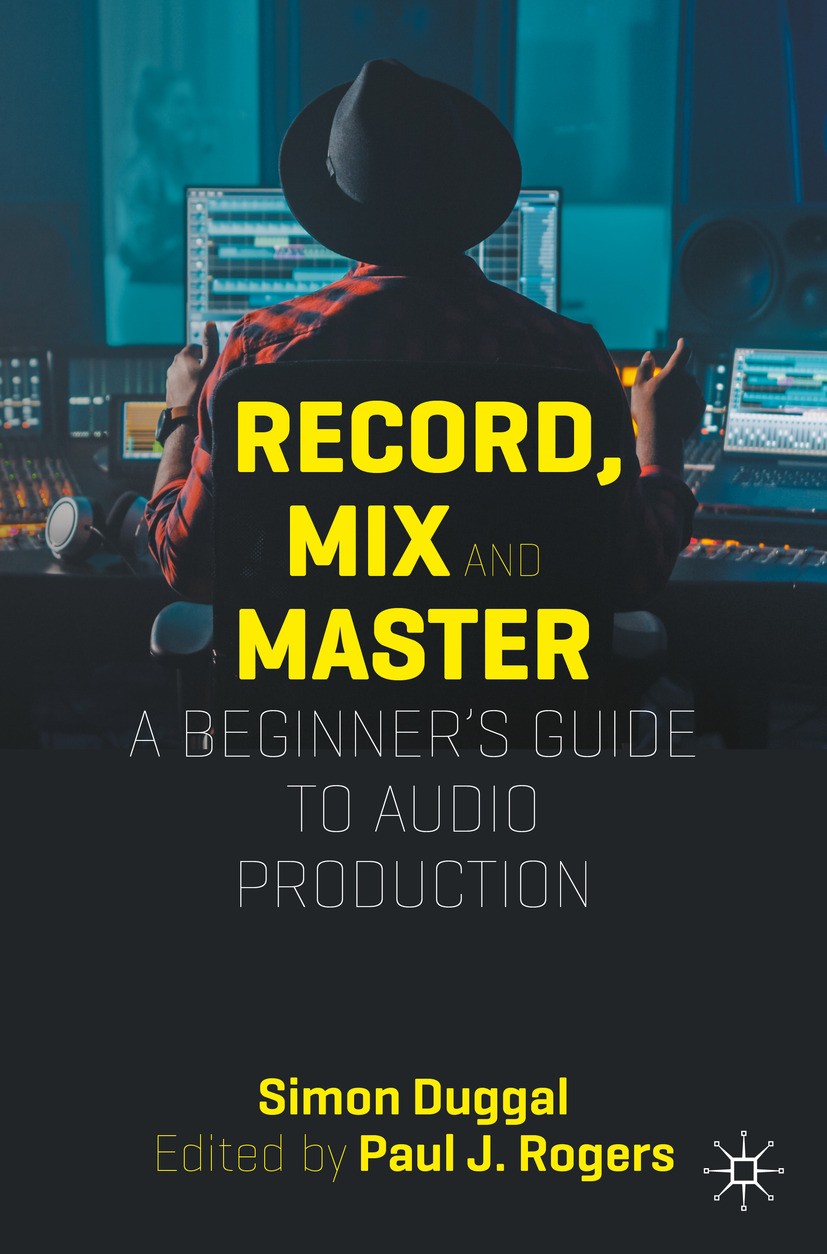| 书目名称 | Record, Mix and Master | | 副标题 | A Beginner’s Guide t | | 编辑 | Simon Duggal | | 视频video | http://file.papertrans.cn/825/824273/824273.mp4 | | 概述 | Provides a comprehensive guide to recording, mixing, and mastering music.Written by producer with album noms for Grammy and Brit awards, and 30 years’ experience working with renowned Artists.Includes | | 图书封面 |  | | 描述 | .This textbook is a practical guide to achieving professional-level audio productions using digital audio workstations. It contains 27 chapters divided into three sections, with specially devised diagrams and audio examples throughout. Aimed at students of all levels of experience and written in an easy-to-understand way, this book simplifies complex jargon, widening its appeal to non-academic creatives and is designed to accelerate the learning of professional audio processes and tools (software and hardware).The reader can work through the book from beginning to end or dip into a relevant section whenever required, enabling it to serve as both a step by step guide and an ongoing reference manual. The book is also a useful aid for lecturers and teachers of audio production, recording, mixing and mastering engineering.. | | 出版日期 | Textbook 2024 | | 关键词 | mixing music; recording music; audio engineering; music production; digital audio workstation | | 版次 | 1 | | doi | https://doi.org/10.1007/978-3-031-40067-4 | | isbn_softcover | 978-3-031-40066-7 | | isbn_ebook | 978-3-031-40067-4 | | copyright | The Editor(s) (if applicable) and The Author(s), under exclusive license to Springer Nature Switzerl |
The information of publication is updating

书目名称Record, Mix and Master影响因子(影响力)

书目名称Record, Mix and Master影响因子(影响力)学科排名

书目名称Record, Mix and Master网络公开度

书目名称Record, Mix and Master网络公开度学科排名

书目名称Record, Mix and Master被引频次

书目名称Record, Mix and Master被引频次学科排名

书目名称Record, Mix and Master年度引用

书目名称Record, Mix and Master年度引用学科排名

书目名称Record, Mix and Master读者反馈

书目名称Record, Mix and Master读者反馈学科排名

|
|
|
 |Archiver|手机版|小黑屋|
派博传思国际
( 京公网安备110108008328)
GMT+8, 2025-12-14 22:16
|Archiver|手机版|小黑屋|
派博传思国际
( 京公网安备110108008328)
GMT+8, 2025-12-14 22:16


